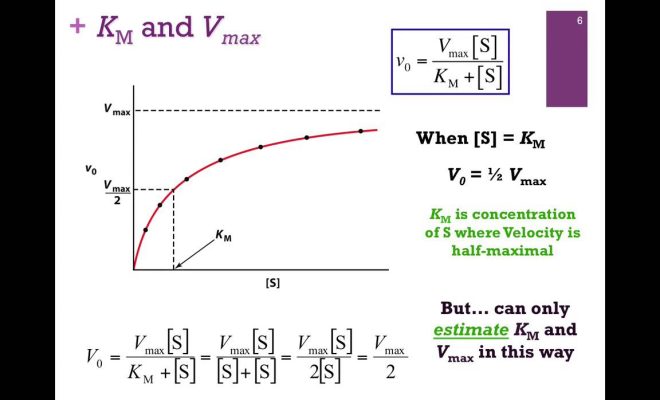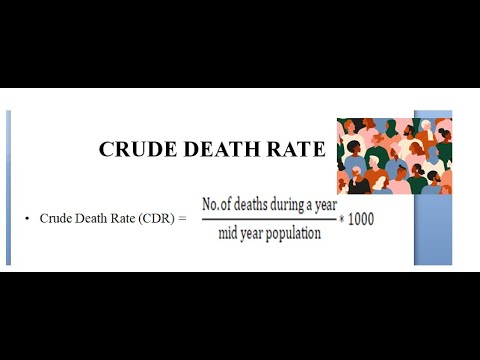How to calculate km

Understanding how to calculate kilometers (km) is a crucial skill in daily life, particularly when it comes to measuring distances and planning travel routes. In this article, we’ll explore different methods of calculating kilometers, using time, speed, and geographical coordinates.
1. Calculating Kilometers from Time and Speed
One common way of calculating kilometers is by determining the distance covered over a period of time at a constant speed. The formula for this calculation is:
Distance (in km) = Speed (in km/h) x Time (in hours)
For example, if you are traveling at a speed of 60 km/h for two hours, the distance covered would be:
Distance = 60 km/h x 2 hours = 120 km
Remember that you must use the same units (km and hours) for this formula to work correctly.
2. Conversion between Miles and Kilometers
In some cases, distances may be provided in miles rather than kilometers. To convert miles to kilometers, use the following equation:
Distance in km = Distance in miles x 1.60934
Similarly, to convert kilometers to miles:
Distance in miles = Distance in km / 1.60934
3. Calculating Kilometers using Geographical Coordinates
If you have geographical coordinates (latitude and longitude) for two points on Earth, you can calculate the distance between them using the Haversine formula. This method takes into account the curvature of the Earth and provides more accurate results than simply calculating the straight-line distance.
Here’s how you can apply the Haversine formula:
a) Convert latitude and longitude values from degrees to radians:
Latitude (in radians) = Latitude (in degrees) x π / 180
Longitude (in radians) = Longitude (in degrees) x π / 180
b) Calculate the differences between latitudes and longitudes:
ΔLatitude = Latitude2 (in radians) – Latitude1 (in radians)
ΔLongitude = Longitude2 (in radians) – Longitude1 (in radians)
c) Apply the Haversine formula:
Distance (in km) = 2 x R x arcsin(sqrt(sin²(ΔLatitude/2) + cos(Latitude1) x cos(Latitude2) x sin²(ΔLongitude/2)))
In this formula, R is the Earth’s radius in kilometers (6371 km).
By understanding these different methods of calculating kilometers, you can easily measure distances and plan your journeys more accurately. Whether you’re converting between miles and kilometers, or using geographical coordinates to determine driving distances, these calculations will prove invaluable in making informed decisions about your travels.






